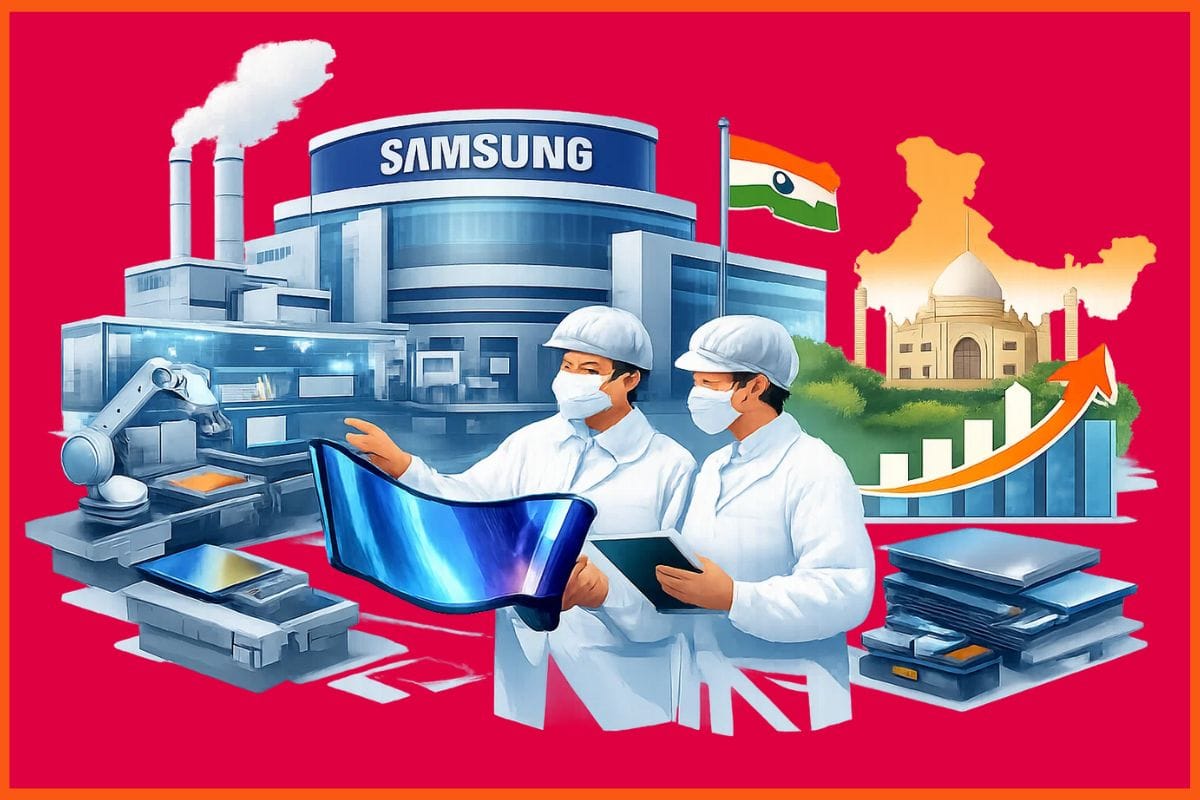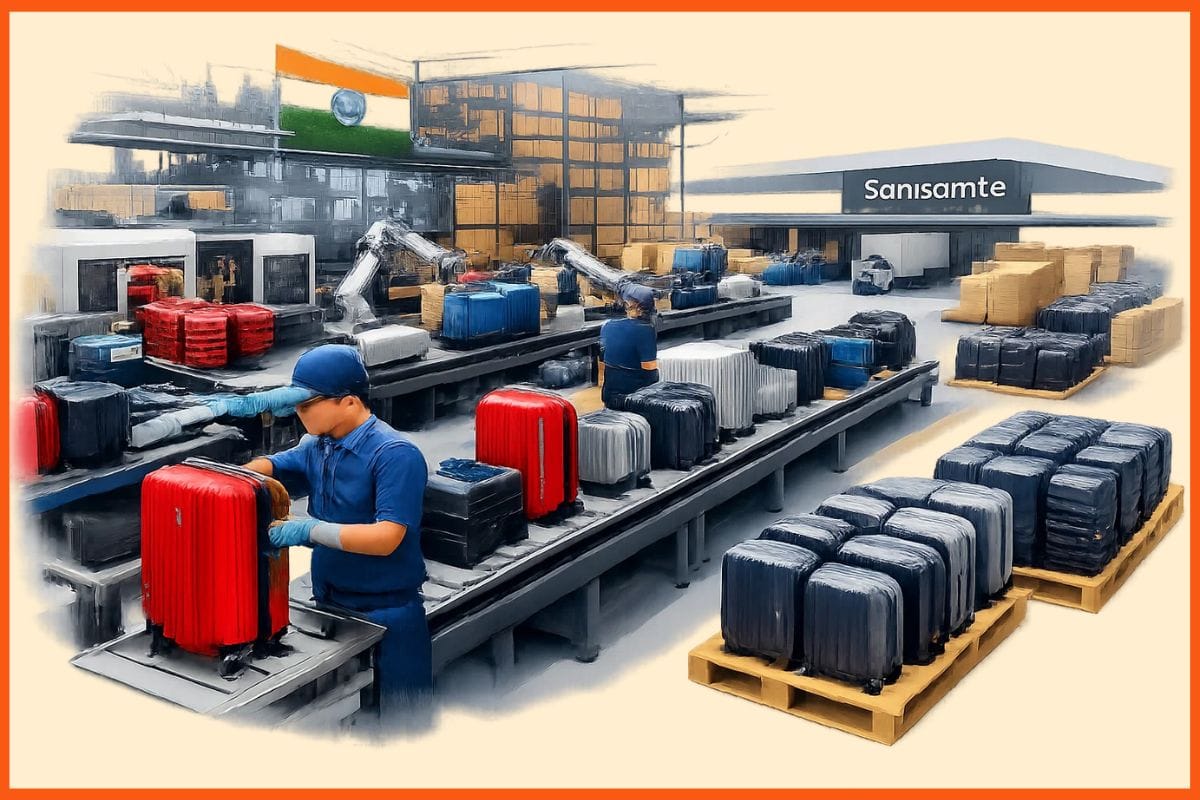The Unpredictable Acquisition of Online Food Delivery
zomato
“Some battles are better left with honour rather than victory.”
21st January 2020, saw a sweeping acquisition which can deftly be called megalithic. Uber Technologies Inc.’s made the decision to retreat from its food delivery business in India, UberEats. Zomato, the online food delivery and restaurant aggregator platform, announced that it has acquired UberEats’ business in India in an all-stock deal giving 9.99% shareholding. The exit from the business can result in annual savings of nearly $750 million for UberEats, numbers from a regulatory filing last year suggests.

The deal had been in progress since months, with wide conjecture over Uber’s decision to completely exit food delivery business in India as a resort from the piling pressures on the ride-hailing company to curb losses especially after it went public in 2018. The move, said a source, vibes with Uber’s philosophy to either lead the business or to leave the business.
India's Food Delivery Industry
Uber Eats in India
Why the acquisition was inevitable?
What does Zomato Gain?
Conclusion
India's Food Delivery Industry
Since PizzaHut initiated the first-ever pizza online order back in 1994, online food delivery has become a billion-dollar business. The Indian food delivery industry has exhibited robust growth.
Revenue in the Online Food Delivery sector amounts to US$9.2 Billion in 2020. The market's largest share is Restaurant-to-Consumer Delivery with a market volume of US$4.9 Billion in 2020. India’s online food delivery market is projected to touch $12.53 Billion (CAGR 2020-2024) on the back of high growth rate, according to a recent report by DataLabs by Inc42.
Compared to the global growth rate of 9.01%, the online food delivery market in the country is growing at 15%, the report said. 56% of all startups accounts for the food startups who have raised $5.24 billion between 2014 and 2019. Food-tech startups contributed 42% of the total consumer services deal count between 2014 and 2018.
Swiggy so far gained up close to $1.5 Billion of funding, Zomato raised close to $800 Million funding. The cloud kitchen market owns the potential to reach $1.05 Billion by 2023. There have been many reasons which propelled India’s shift to the online delivery system. Impale of internet and smartphones have further provided the environment for growth.
The growing role of Indian women in the workforce has also increased the preference for prepared meals and a large young population expands the customer base.
The pioneers in the Indian online food delivery market are Swiggy, Uber Eats and Zomato, which claims to deliver in 500 cities across the country. Innovative marketing campaigns have also conferred the popularity and set a new trend.
Also Read: List of prominent and successful startups in Delhi
Uber Eats in India
Uber stepped into the Indian food delivery scenario in May, 2017.
India, of course, was a huge global opportunity making Uber even more committed to it than the Chinese market. With a growing population of 450 million - 465 million people by June 2017, Uber took the opportunity to connect people, be it to taxis, cars, food and more.
The platform experienced nearly 50% month-on-month growth, in its first year of operations.
But the competition took all its zeal away, UberEats never managed to attract many restaurants or customers in India, despite the company’s ride-hailing. The business dragged down by 2019 with the average net revenue dropping by 0.4% according to the CFO Nelson Chai.
Going by the company’s statement Uber's total revenue grew nearly 30% to $3.81 billion, while net loss went to $1.16 billion in the quarter ended September 30.
According to regulatory disclosures , UberEats projected a negative revenue of 762.5 crore for the five months ending December 2019. Uber hoped that the business in India will be profitable by 2026, according to a valuation report prepared by KPMG affiliate BSR but looks like the hopes turned to dust.
Uber projected higher operating losses of 2,197 crore in UberEats for the five month period - August to December 2019.
In the last quarter earnings call, Uber chief executive Dara Khosrowshahi said the food delivery market in India is competitive, and admitted to being the number three player in the space. Yet, there is no clear market leader in the space.
According to The Economic Times, Uber had halved its annual cash allocation to its food-delivery business in India to $90-$120 million.
Also Read: 21 Restaurant Marketing Strategy
Why the acquisition was inevitable?
The stiff competition faced by UberEats, compelled it to take the back foot despite the growth and expansion.The two food delivery giants control about 80% of the food delivery market.
Although Uber seems to be at the weak end here , the deal might prove to be an advantage. The multinational will now be able to cut losses and as part of the deal, acquire stakes in a start-up that was valued at $3.55 billion this month.
Zomato said they will now be able to add 10 million monthly food orders to their existing 40 million, they expect to surmount Swiggy.
According to a report by New York Times, for the first three quarters of 2019, Uber Eats in India amounted for 3% of the gross booking for Eats globally and at least 25% of its adjusted operating losses.
The venture also had a setback when co-founder and former CEO Travis Kalanick resigned from its board of directors in December last year. Kalanick, who helped found Uber in 2009, stepped down from the company's helm in June 2017 under pressure from investors after a string of setbacks.
On the other side, the deal seals days after Zomato had raised $150 million in funding from existing investor Ant Financial, an Alibaba affiliate, at a $3 billion valuation.
Also Read: List of the Best Food Startups in the Country
What does Zomato Gain?
The Uber deal helps Zomato in multiple ways.
It helps in terms of harmony regarding customers, regarding the restaurant supply chain and also very importantly, UberEats had a stronger network in small towns and in the southern region. This will significantly influence Zomato’s customer reach, it will also get about 70,000 active delivery partners existing on the Uber Eats network.
It will raise the combined market share to 52% as opposed to Swiggy’s 43%. Though there’s a looming fear of Amazon’s breakthrough in the food industry, Zomato can enjoy a new zenith if it plays the right cards.
Although, the competition would now be cut-throat between the two pioneers, there might be some tremors for the customers. The companies will now focus on lower discounts and more profits.
Conclusion
As Zomato quoted in its statement, “The obstacles of your past can become the gateways to new beginnings”, the further developments would be interesting to observe.
Zomato has expanded to 550+ cities over the last year, with a commitment to operating excellence. The competition in this space is going to continue to be intense, and Swiggy might already be working on a foolproof plan.
Must have tools for startups - Recommended by StartupTalky
- Convert Visitors into Leads- SeizeLead
- Website Builder SquareSpace
- Manage your business Smoothly Google Business Suite




